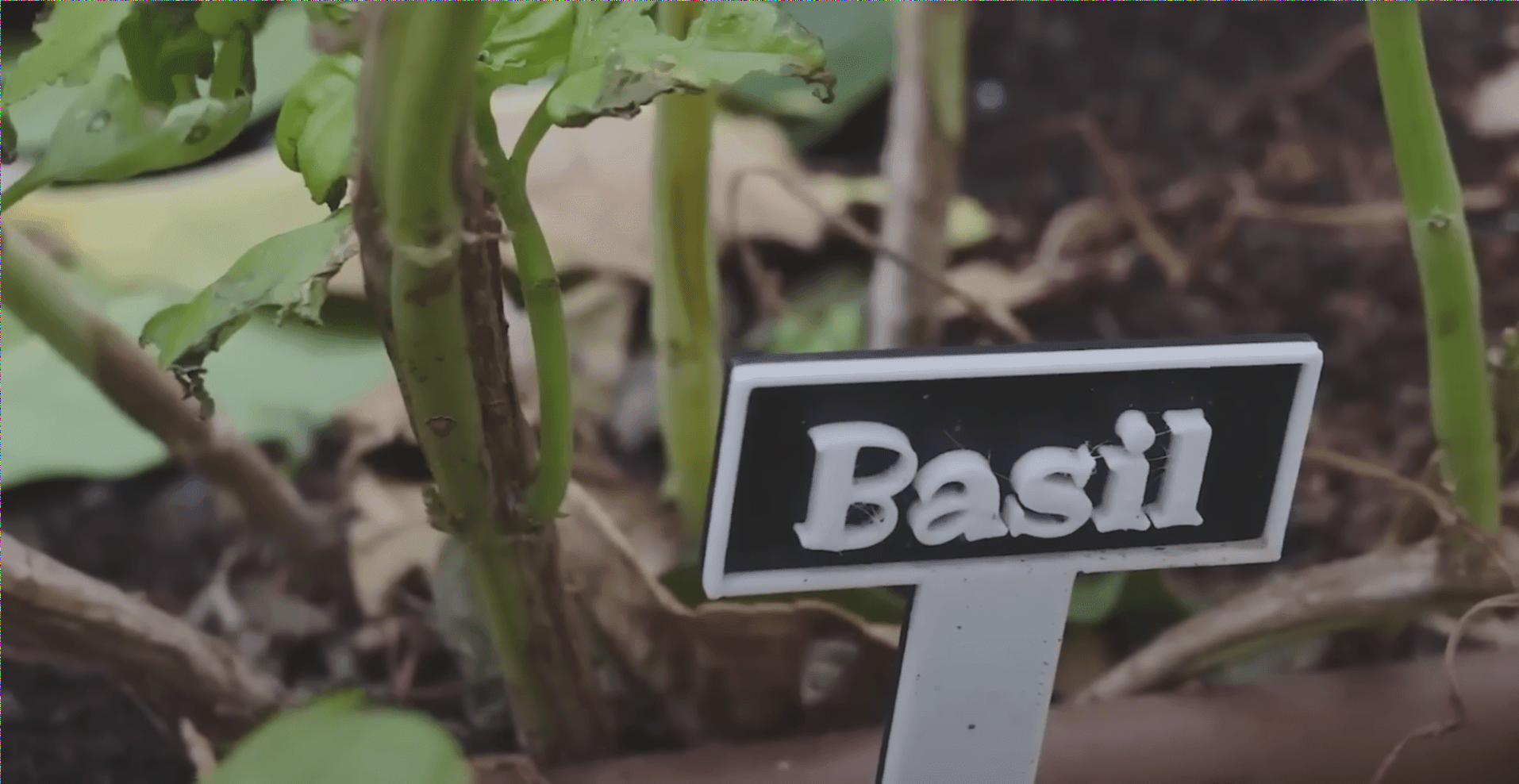Evolution of PCBA and Its Future Prospects
PCBA, or Printed Circuit Board Assembly, has seen significant evolution over the years, transforming the electronics industry. Understanding the differences between PCBA and PCB is crucial for grasping the future prospects of electronic manufacturing.
PCB: The Foundation of Electronics
Printed Circuit Boards (PCBs) are the backbone of electronic devices, ranging from everyday gadgets to complex systems like communication equipment and military technology. They provide the necessary platform for electronic components to interact seamlessly.
The Transition to PCBA
PCBA involves the assembly process where a bare PCB undergoes Surface Mount Technology (SMT) and Dual In-line Package (DIP) assembly, resulting in a fully functional electronic board. This streamlined process has become essential for efficient electronic manufacturing.

Current Trends in PCBA Manufacturing
- Electronic manufacturers are increasingly opting for integrated PCBA solutions, where PCB production and component assembly are handled in one place.
- Streamlining the procurement process by choosing suppliers capable of one-stop PCBA processing has become a popular choice among OEM manufacturers.
- PCB manufacturers are expanding their operations to include PCBA processing lines, offering a comprehensive solution to electronic manufacturers.
Challenges and Opportunities
While the integrated approach of simultaneous PCB and PCBA processing presents advantages like increased profit margins, it also comes with challenges. Procuring the right components for diverse electronic products and managing fluctuating material costs are key considerations in this dynamic industry.
Looking Ahead
As the demand for electronic products continues to rise, the seamless integration of PCB and PCBA processes will be vital for staying competitive in the market. Adapting to changing technologies and consumer needs will drive innovation in PCBA manufacturing.
For further insights into the evolving landscape of PCBA and electronic manufacturing, feel free to reach out for more information!



